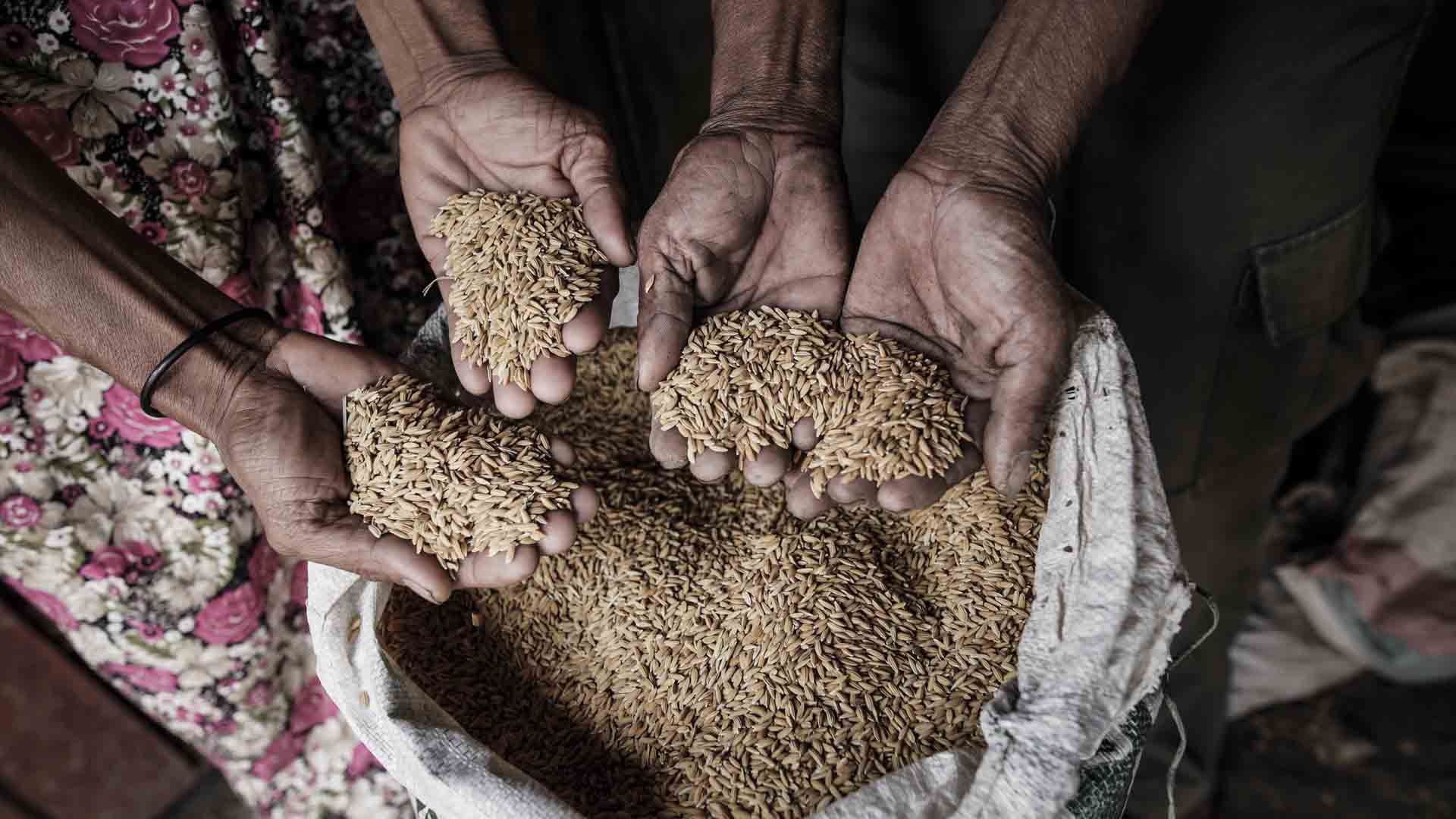Fifteen new inbred rice varieties were approved for commercial release in December 2021 by the National Seed Industry Council (NSIC).
Eight among these are PhilRice-bred: three for irrigated lowland (NSIC Rc 622, Rc 624, and Rc 626,) and five special-purpose pigmented non-glutinous (NSIC Rc 638 SR, Rc 640 SR, Rc 642 SR, Rc 644 SR, and Rc 646 SR). The other seven are IRRI-bred: five are for irrigated lowland (NSIC Rc 628, Rc 630, Rc 632, Rc 634, and Rc 636), one zinc-biofortified (Rc 648), and one for rainfed lowland (Rc 650).
“With these new rice varieties, we are providing more options to farmers as to what variety is most suited to their farms’ conditions so they can further increase their production and achieve the best quality of their produce,” Dr. Oliver E. Manangkil of the Department of Agriculture-Philippine Rice Research Institute (DA-PhilRice) said.
These new varieties will be introduced to farmers through techno-demo farms under the various extension programs of DA-PhilRice and its branch stations.
“We have introduced new varieties to farmers through the NextGen PLUS project in the past years,” Manangkil recalled.
Under the project, multi-location trials were done in all major irrigated and rainfed rice-growing regions under the supervision of DA-regional field offices, and state colleges and universities across the country. Adaptation trials were set up in farmer-partners’ fields.
“Thru NextGen, we were able to introduce newly-released varieties to farmers even in far-flung areas. We did participatory performance trials and validation, whereby farmers planted varieties and were given the chance to choose the best rice adapted to their local conditions,” he explained.
As this project ended in 2021, Manangkil said his team is looking ahead to a new project called “OneRicePH” that will introduce new varieties to farmers at the provincial level.
“It will take about two more years for farmers to have access to the 15 new varieties because the breeder seeds available now have yet to be multiplied,” he explained.







